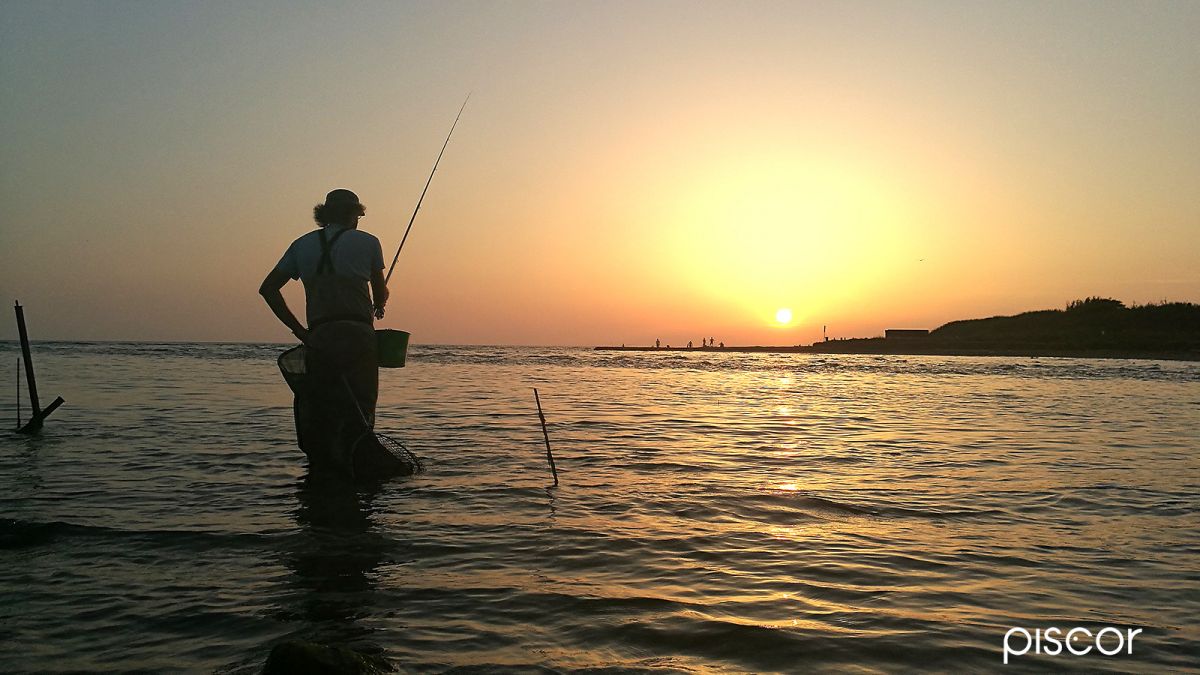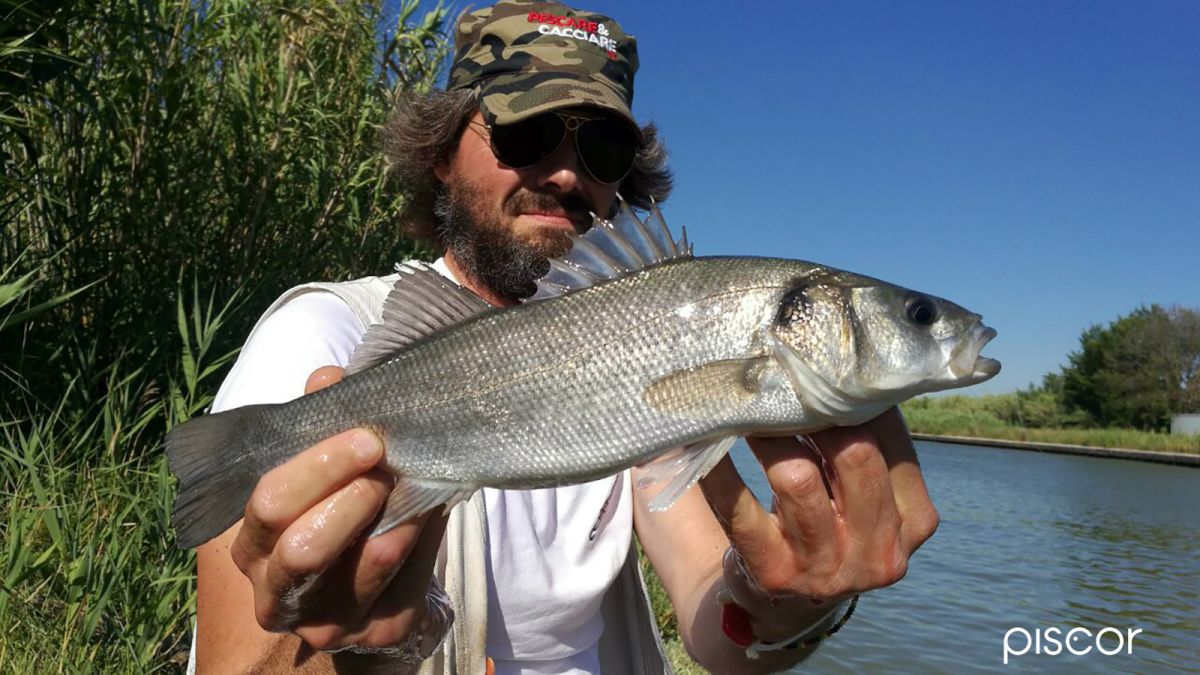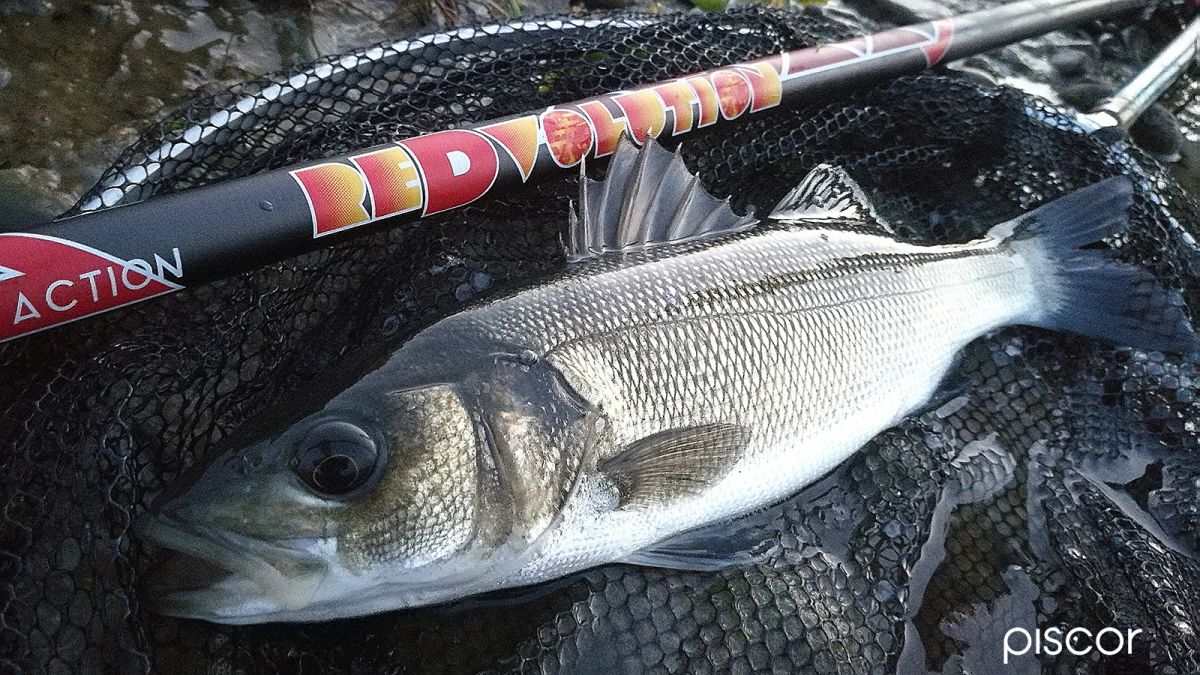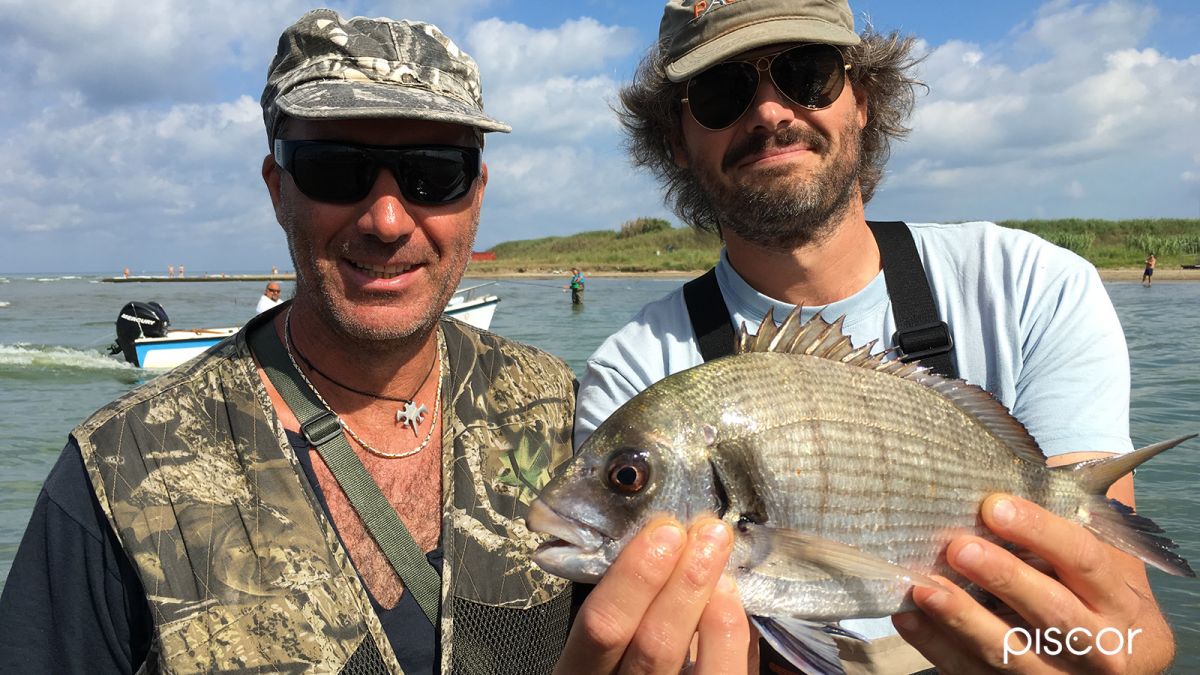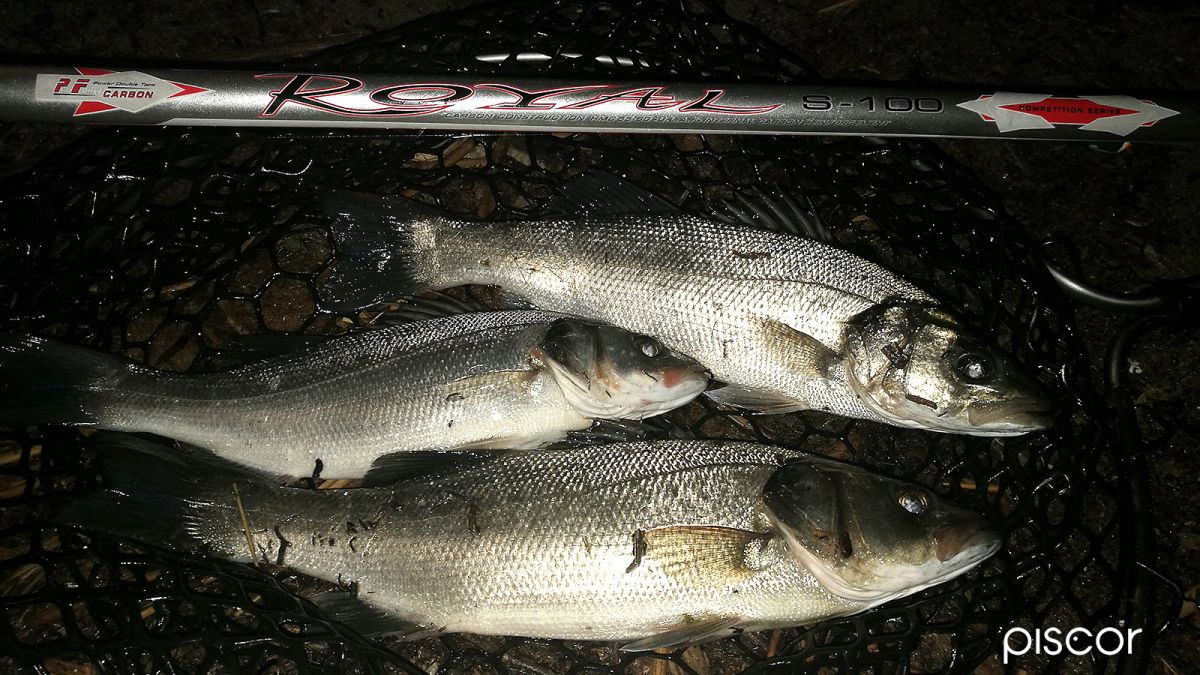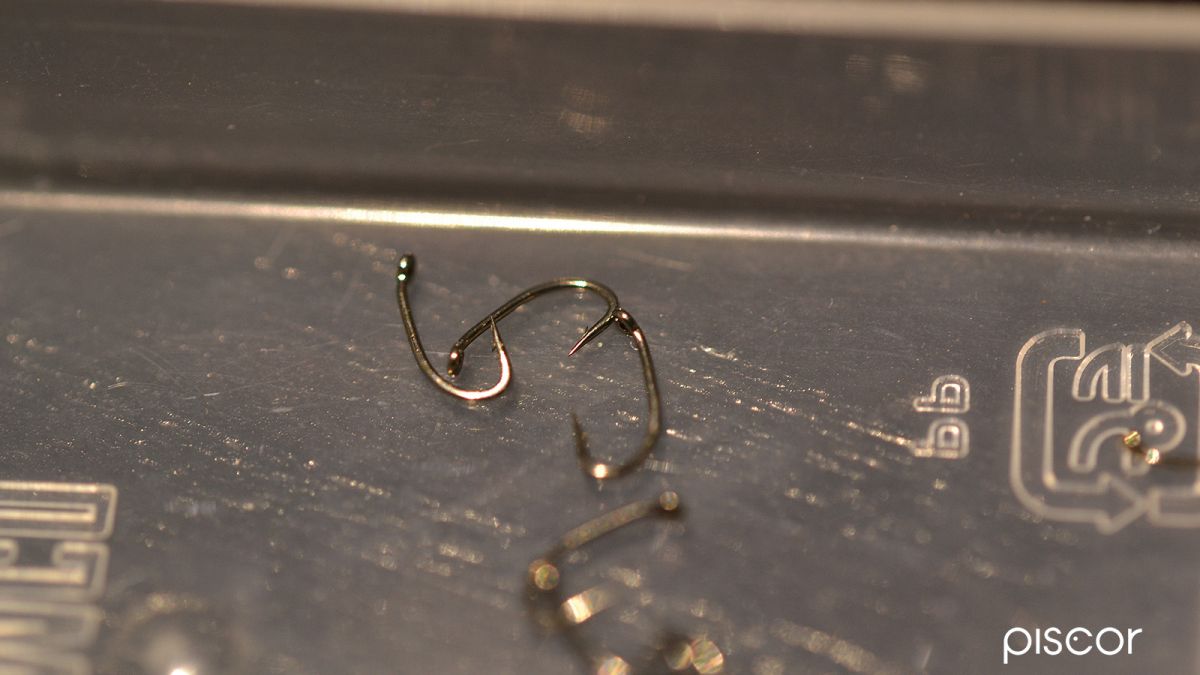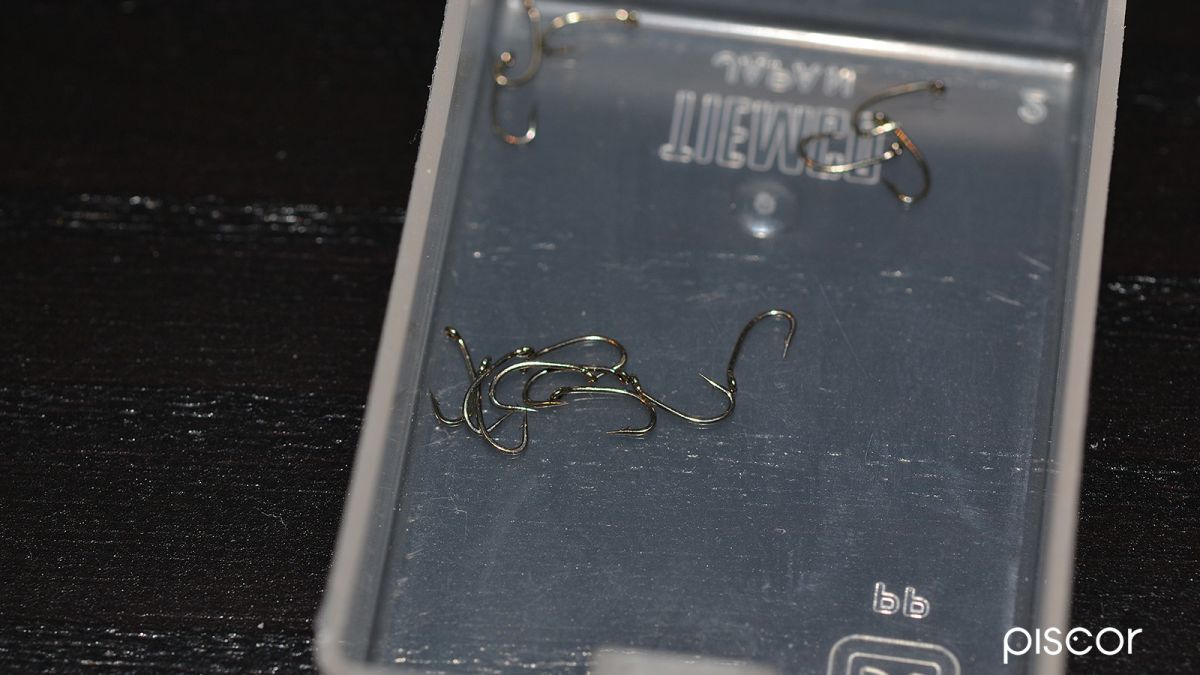The fountain in our camping has but a mere trickle of water, but still enough to wash the little fishes caught during the night.
Burning eyes, tiredness and heat. We are tired and unsatisfied by a little catch night. Despite the perfect tide and the fact that yesterday there were more fishes, today we feel depressed, but still ready for a new session of Bolognese Fishing.
Suddenly we hear a noise from the neighbors’ bungalow and we see a man. He is skinny, with moustaches and ‘70s style sideburns, he is wearing a straw hat and has got an old fashioned fishing equipment.
He is having quite a big breakfast at his plastic table outside. Suddenly he gets inside and comes out smiling at us and carrying a huge sea-bass.
He is a taciturn man, but confident in his fishing ability. He is showing his superiority. After a few days and many other fishes, we start feeling like he is fooling up of us.
After a few days we realized that it wasn’t his intention. So one night he sat next to us and give us one of the most important and unforgettable fishing lessons of our lives. He kept talking for hours, and made us understand we were doing wrong.
In fact we had spent the previous few days in wrong spots like banks and harbors with very few and small fishes. Since that day we started a new experience which made us richer than ever. We realized that we were two presumptuous anglers thinking to know everything about this technique. Bolognese fishing is one of the most difficult and unpredictable way to fish, and the river mouths are volatile and able to totally and suddenly change.
The Spot
We chose a natural mouth and we decided to use the most popular technique in Italy: the Bolognese. Natural mouths are very affected by changes because they have no fixed structures. Sand is a soft material and the spot can change a lot because of water and rains. Each year we have to expect many changes in those spots.
Luckily our mouth is kept open with a deep bottom to allow boats to get out without problems. This is an important advantage to us.
Morphology
The bottoms are never homogeneous, in fact there are often a lot of bumps and potholes to face. This is another advantage if you know how to use the fishing action.
A slightly bumpy bottom is ideal because it retains both the natural than the integrate ground bait, made of maggots. Food and maggots will remain in the holes and allow the fishes to start eating.
Tides
In those spot, the tides motions are perceptible. In river mouths, in fact, the sea is very close and the rising tide pushes strongly, especially during its first hours. The more the wave pushes, the easier will be catching a fish. In fact, when the tide motion is so strong, it moves a lot of sand and food like small shellfish, annelids and bivalve molluscs.
Of course they will reach your maggots as well. Thus, before starting a fishing trip don’t forget to check the tides movements. The best moment for fishing is at sunrise or sunset, but, considering the high temperatures, we will get the best performances at night.
During the last phases of the rising tide, the water push will slow to a stop and then withdraw with the outgoing tide. The best phases are the last couple of hours of the rising tide and the first 2 hours of the outgoing tide.
Bolognese in Action
We will fish with thin terminal tackles and ballasts with a weight between 1g and 3g. We need a Bolognese rod providing a sweet progressive action, but also with enough power and strength to face bigger fishes and extreme situations. Sea-bream, sea-bass and mullet have a lot of strength, even if they are small sized fishes.
Mullets, for example, are able of such fast and sudden escapes that can surprise the angler. That’s why we need a Bolognese rod with an appropriate action which can help us in those moments.
Reel size 3000, with a line of 0,14mm. In this case we will need a salt-water and abrasion resistant specific nylon. However, it is always better to wash the spool with tap water when you finish.
Floats
The tide pushes hard, so we will operate holding up and releasing the float, even when the flow is slower in reverse dragging. In order to fish in this way you need to use an inverted-drop shaped float and cave antenna to help you to contrast the flow while holding up and prevent the float from diving during the violent water thrust or eddies.
Reverse Dragging
We must adapt to the fishes’ habits, so we have to follow the logic in their behavior and understand in which way they are used to eat. In river mouths fishes usually get the food on the bottom, rich of nourishment, without efforts. So we should use lines that could make the baits slower and use baits that are more attractive for fishes, in this case sea bass and sea bream. That’s why we choose the Reverse Dragging.
The snout of the fish is face down and the tail fin is upturned; they are so concentrated in eating that they won’t notice a line on their heads. Consequently, if some of your baits touch the bottom this technique will be even more effective.
It is not easy, you must respect some firm points and find the right equilibrium between float calibration and line support. First of all, the float doesn’t have to be exactly calibrated, or it will risk to dive under the weight of the fish.
When water stops
When you are close to the pick of a rising tide, the flow will get slower to a stop. This is the best time to fish, so you need to stay concentrated and don’t let the firm water fool you.
The spot you can see in the following photos has got a natural mouth. With the rising tide you will have to use 4g in order to fish on a bottom of 2.5 meters. When the water slows down the traditional fresh water angler is tempted to change his float .
In fact, we have often settled 2 rods, one with 4g and one with 1.5g. Well, the 4g ballast is much more successful with both still and slow water. The water, in fact, is just calm on the surface but not on the bottom where there are some tiny movements.
That means that you have to keep the same setting and look at the starlight. With a lighter ballast the bait risks to come off the bottom, making the fishing action vane.
The Spallinata ballast
With this weather conditions it is better to use heavy ballasts, around 3 or 4 g. Depth here is between 2.5m and 3m.
The salt water pushes up, so you need a line which guarantees you the bait to be enough fast during the fishing. You can realize a spallinata of about 90 cm with leads 2X2 from the no 8 to the no 2. Terminal tackle of 0.10, 60cm long; hook No 20 settled with one single maggot.
Rig
For an angle, it is very fun fishing with maggots because it isn’t a selective fishing, considering that those worms are very attractive for many aquatic species.
But you have to be very able to fish in this way.
You must do a perfect bait presentation and fish at a certain level. We use tiny terminal tackles of 0.10 and small hooks between No 22 and 24. If you decide to fish using this technique you will need to pay attention to some very important details.
First of all the Stonfo no-knot, the famous swivel to link the line to the terminal tackle without any knot, as to guarantee a breaking load of 0.10. For a higher security we use an in-turned eye hook, in this case a Daiichi 1130 grub linked with a KLK. The breaking load is the same.
It is better to use a hook with eyelet because it is heavier than the a palette. In addition, this kind of hook has got self-hooking ratio, but don’t believe that it is enough to get the 100% of reliability, because a perfect hooking depends from 2 elements: the correct measurement of the water depth and the length of the terminal tackle. I personally prefer the Daiichi 1130 because I truly believe in its strenght and reliability even on small measures like 22-24.

